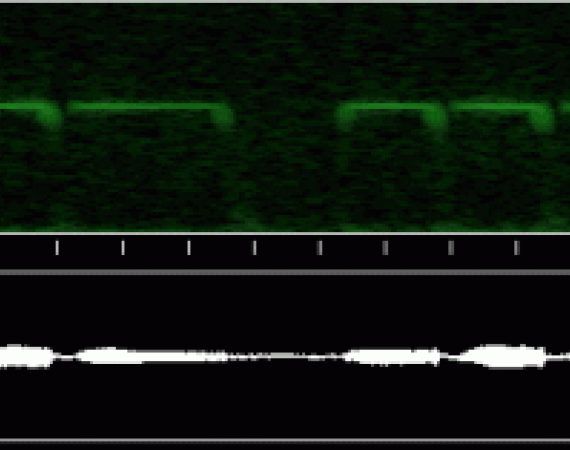Posted on Sun 21 Oct 2012
Afternoon Tea with Bob and Jude from Bedfordshire Bat Group
I met up with Bob and Jude from Bedfordshire Bat Group – as I was in Bedford, and thought it was a great opportunity to follow up from the Bat walk… Bob had given us a lot of things to think ab

I met up with Bob and Jude from Bedfordshire Bat Group – as I was in Bedford, and thought it was a great opportunity to follow up from the Bat walk… Bob had given us a lot of things to think about and some really interesting Bat Facts – but I knew I hadn’t necessarily remembered it all, as it was also very engaging listening and tuning in to the bats – … there was a lot to take in. Over a cuppa, we had a really great discussion, and some of the things that stood out were how the design of Bat’s ears (and noses – as some emit their pulses from their nose) could really optimise the accuracy of their echo-locating. Bats can be very directional in how they emit their pulses, and use highly sophisticated with the angle of their ears when receiving the echoes. They can move their ears and head to get a more accurate ‘image’ by comparing the intensity of the echoes received at different positions. We went on to talk a bit about parabolic microphone reflectors, as Bob wants to do a controlled experiment to detect the Daubentons flying over a particular stretch of water to get a more accurate survey of them. Limited supply of Parabolic reflectors available from Jez riley French here. This also reminded me of the conversation with Andy Keep about the shape of our ears – which are amazing at helping us work out what direction sounds are coming from.
Bob tipped me off with a top place to listen to Horseshoe bats – Cheddar Gorge – I really hope I get a chance to go there at dusk before they all hibernate! Horseshoe bats use Constant Frequency Echo-location, and their ears are optimized to hear a particular frequency so they alter the emitted pitch to account for Doppler shift. This gives their call a very distinctive ‘sweeping’ and whistling quality – there is a sample of a horseshoe’s bat recorded on a heterodyne bat detector here. The inset image is a spectrogram of a horseshoe bat call from here.